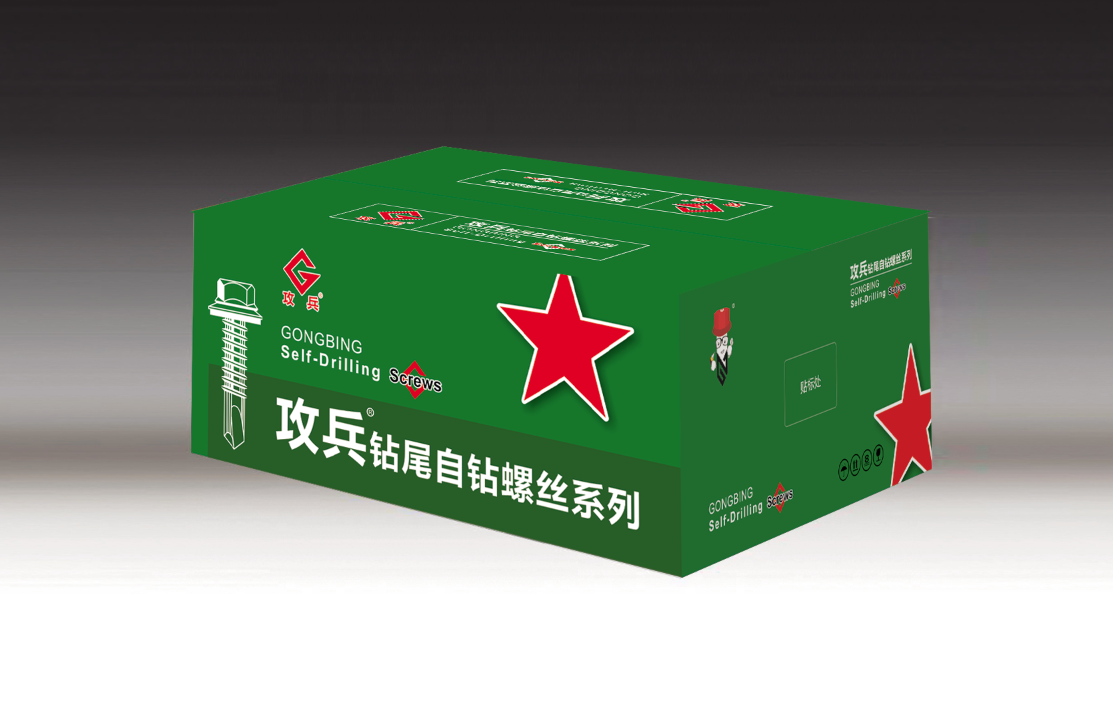steel rod cross bracing
Steel Rod Cross Bracing Enhancing Structural Stability and Integrity
In modern engineering and construction, the significance of structural stability cannot be overstated. One of the advanced techniques employed to achieve this is the use of steel rod cross bracing. This method not only enhances the strength and durability of buildings and infrastructures but also plays a crucial role in resisting lateral forces, such as those produced by wind and seismic activities.
Steel rod cross bracing involves the installation of steel rods, typically arranged in a crisscross pattern within a structural frame. This configuration creates a triangular shape, which is inherently strong and helps distribute loads more effectively. By connecting various points of the structure, cross bracing reduces the length of unsupported spans, thereby minimizing the risk of deformation and ensuring that the building can withstand both vertical and horizontal forces.
One of the primary advantages of using steel rod cross bracing is its ability to provide stability without adding significant weight to the structure. Unlike traditional solid walls or large columns, cross bracing utilizes minimal material while maximizing strength. This is especially beneficial in high-rise buildings or towers, where weight can become a critical factor in design and construction. Moreover, the use of light yet strong steel rods can reduce the overall material costs and lead times in construction projects.
In addition to its structural benefits, steel rod cross bracing offers flexibility in design. Architects can seamlessly integrate this bracing system into various architectural styles, providing both aesthetic appeal and functional robustness. Whether in a modern skyscraper or a retrofitted historical building, steel rod cross bracing can be adapted to complement the existing structure while enhancing its overall performance.
steel rod cross bracing

Furthermore, the use of steel rod cross bracing is not limited to commercial buildings. This technique is equally effective in residential construction, bridges, and even temporary structures such as tents. Its versatility is one of the reasons it has gained popularity across diverse sectors of construction.
Another important aspect of steel rod cross bracing is its role in seismic design. In areas prone to earthquakes, the ability to dissipate seismic energy is paramount. The cross-bracing system allows a building to absorb and redistribute energy during an earthquake, significantly reducing the potential for structural damage and enhancing occupant safety. By ensuring that buildings can sway without collapsing, engineers are better equipped to protect lives and property in seismic zones.
Maintaining and inspecting steel rod cross bracing is also more manageable compared to other bracing methods. Steel is known for its resilience and longevity, making it a reliable choice for long-term structural integrity. Regular inspections can easily be conducted to ensure that the rods remain intact and secure, further minimizing maintenance efforts.
In conclusion, steel rod cross bracing represents a pivotal advancement in engineering practices aimed at enhancing structural stability. By effectively distributing loads, minimizing weight, and allowing for versatile design options, this method has become a cornerstone in the construction of safe and resilient buildings. As technology and materials continue to evolve, the application of steel rod cross bracing will undoubtedly remain at the forefront of architectural innovation, ensuring that our structures can withstand the tests of time and nature.
-
Weatherproof Plastic Expansion Anchors for OutdoorNewsJun.06,2025
-
Sustainability in the Supply Chain: Eco-Friendly TEK Screws ProductionNewsJun.06,2025
-
Load-Bearing Capacity of External Insulation FixingsNewsJun.06,2025
-
Double Head Bolts: Enhancing Efficiency in Industrial MachineryNewsJun.06,2025
-
Corrosion Resistance in Chipboard Screws: Coatings for Wholesale DurabilityNewsJun.06,2025
-
Butterfly Toggle Bolts : Enhancing Structural ResilienceNewsJun.06,2025
